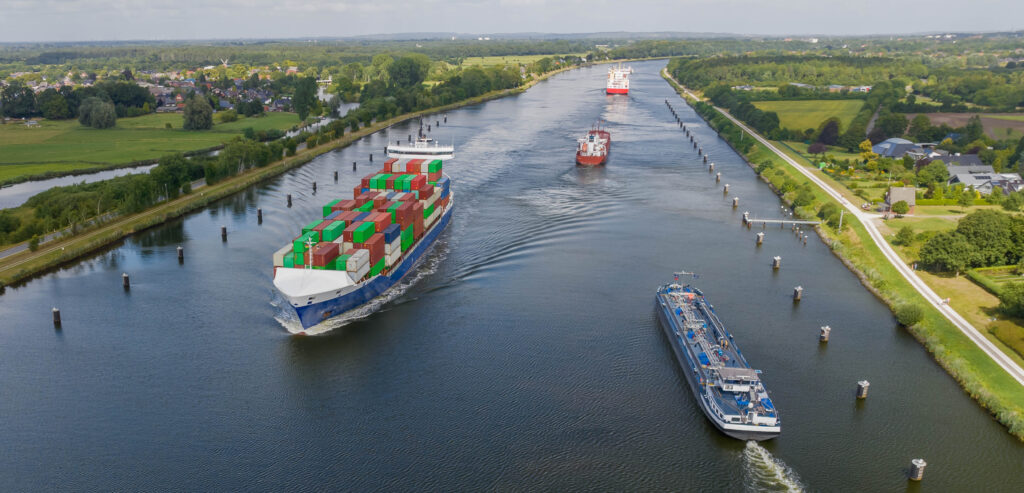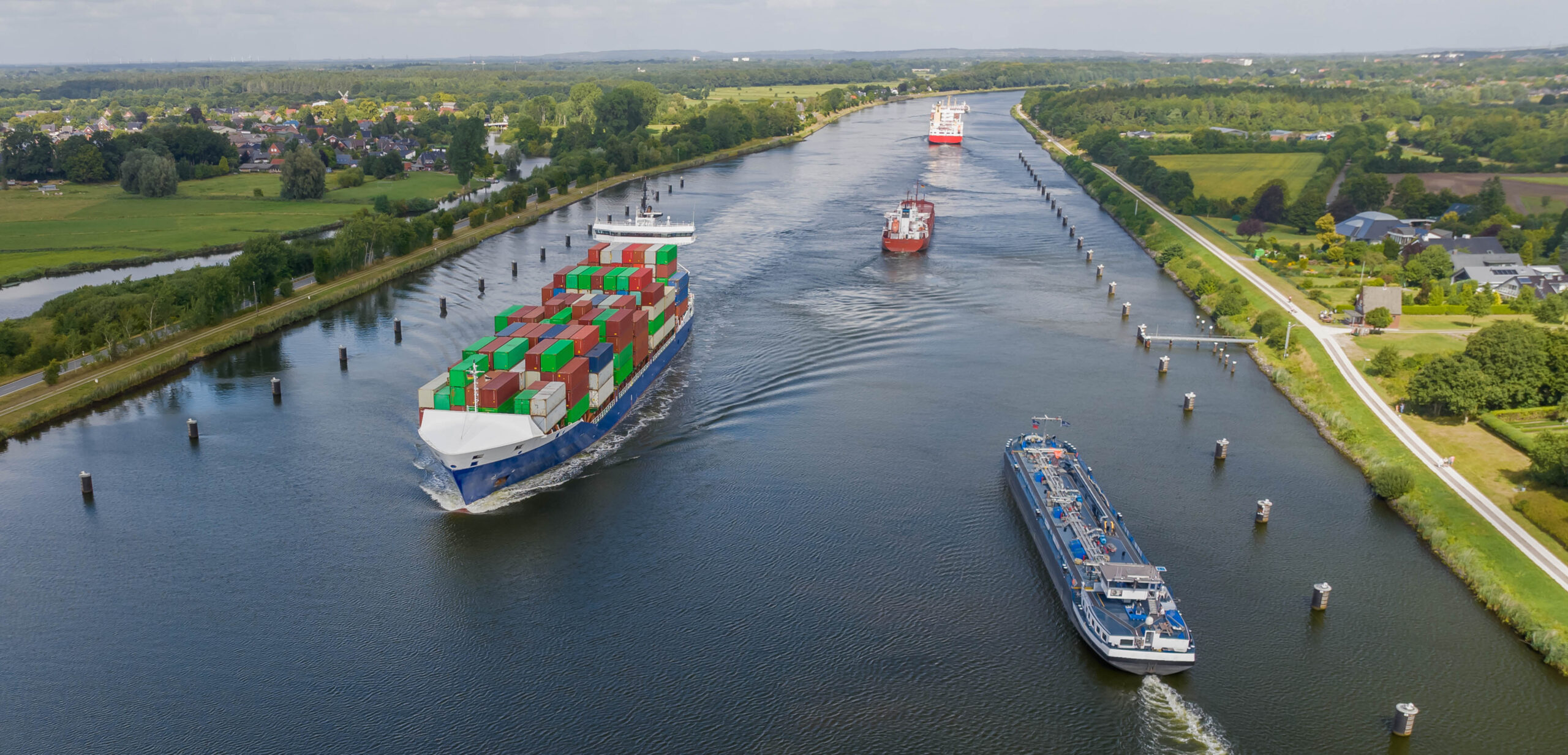
There was a traffic jam in the Kiel Canal (NOK) last Friday as ships had to wait in the Elbe for about three hours.
Ships that wanted to enter the Canal had to wait in the Elbe for about three hours as there were no pilots in Brunsbüttel, as reported by public radio and television broadcaster NDR, which cites information from the Waterways and Shipping Office (WSA).
A replacement has now been found and the traffic jam has cleared but the problem still remains as there is a lack of pilots -no more young Germans are in seafaring- and also due to the reduced speed on the NOK, which means increased working hours.
Shipping traffic on the NOK has now returned to normal but the situation is serious, as NDR reports.
The radio and television broadcaster NDR have spoken to Bastian Petschokat from NOK pilots´ association.
“The situation is serious. There are no more young Germans in seafaring. There are currently 136 pilots and we could well be 155, but there aren’t,” complains Mr. Petschokat.
According to Petschokat, another reason for the lack of pilots is the reduced speed on the NOK. Because since July 1, ships over a certain size are only allowed to pass through the canal at 12 instead of 15 km/h as before. This increases the time the pilots spend on the bridges by about an hour in each direction. And thus ensure increased working hours per ship.
The reason for the speed reduction is the partially washed-out embankment. In order to prevent further sinking of the embarkment, ships are only allowed to pass through the canal slowly.
According to the head of the Waterways and Shipping Office (WSA), Deflef Wittmüß, staff could be found at short notice to step in, at least for today. Shipping traffic on the NOK has now returned to normal, he said.
As it is reported by NDR there are significant efforts to remove barriers for entry into the profession of a sea pilot and convert it into a primary occupation.
“We are in the process of converting the profession of sea pilot into a primary occupation,” says Petschokat. According to this, you no longer have to start your career through seafaring – you can start with a dual study program right after school. In addition, according to Petschokat, young people are already being addressed at school. “The campaign is designed to get sixteen or seventeen-year-olds interested in the job in the first place.”



